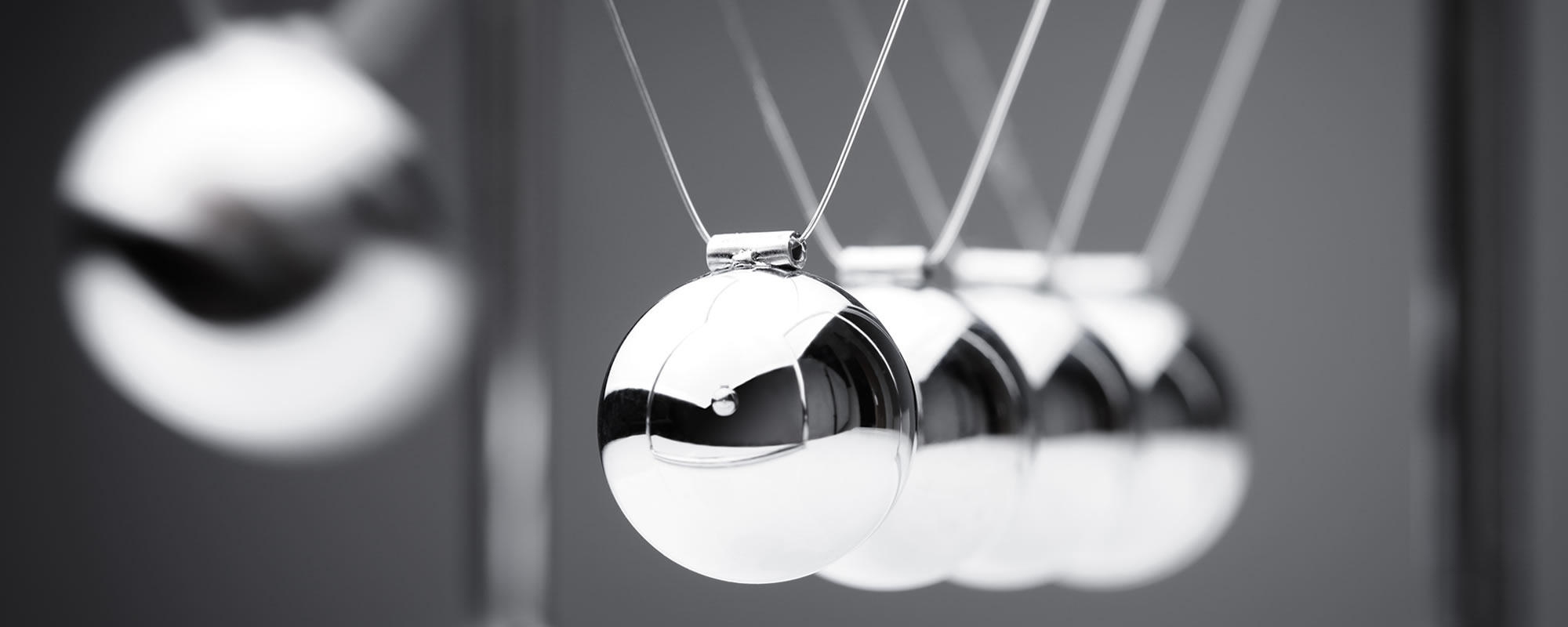What do great shooters have in common?
Over the past year or so, I’ve had the privilege of working personally with a number of excellent shooters on some mental training techniques, and I thought it might be instructive to outline the principles, techniques and approach to mental training that shooters can use to enhance their performances.
But first, think for a moment about a shooter who you admire ….. What precisely do you admire about them? What is it that makes this person a champion in your eyes?
Obviously, they are skilled shooter, and they use excellent equipment – yet there is more to being a champion than technique and equipment. Champions have also learned how to get the best out of themselves by developing the skills of the sports mind.
Yet consider this : it’s an observable fact that most shooters spend much of their time on the range, training and refining the technical and tactical aspects of their performances. However, as most players, professionals and watchers of any sport would agree, the major obstacles to improved performance are generally not physical at all, but rather mental or emotional obstacles : lapses in concentration; pre-performance anxiety; poor motivation; loss of confidence; negative mental attitude; ‘choking’ under pressure; and so on. It’s the person with the mental and emotional toughness who succeeds most often in the long run.
You’re more than just a body. Your mind and emotions also play an important part in your performances. If you’re just training your body, you’re only training less than half of yourself!
You don’t build physical fitness with one or two gym workouts do you? You don’t develop consistent shooting skills and techniques with an ad-hoc approach to training, do you? Yet, many shooters – even at the elite level – leave their mental and emotional preparation to chance! They just hope that they’ll be confident and focused on the day.
This just isn’t good enough any more! The best shooters leave nothing to chance, so don’t leave your mental and emotional preparation to chance. Learn how to train your mind … train your emotions … by training the seven skills of the sports mind.
The important thing to realise is that attributes such as tough-mindedness, confidence, relaxed concentration, emotional control, and positive self belief and expectation can be learned and improved. Over the coming issues, I will share with you some simple mental training techniques of the best shooters and greatest sportspeople in the world. Techniques which are all simple and easy to learn and apply skills – secrets that you can learn to significantly improve your shooting, with very little effort.
Learn how to be self motivated, with high self esteem and a positive self image; know how to handle stress and pressure, and to be self directed with clearly defined goals supported by strong values and leadership qualities. Learn to develop the following seven mental skills for shooting success :
- Positive Self Motivation
- Powerful Goal Achievement Strategies
- Emotional State Mastery
- Positive Mental Attitude
- Strong Concentration & Focusing Abilities
- Positive Self Image & Unshakeable Self Confidence
- Precision Visualisation Skills
I want to begin in this issue with a discussion on Visualisation for Successful Shooting. I believe Visualisation is the foundational and most important mental skill – one which all shooters want to master first. This is because all the other mental skills require competent visualisation techniques …. to achieve goals, you have to see yourself doing so; to improve a technical aspect of your shooting or change a limiting emotional reaction or behaviour, you have to picture yourself doing that, and imagine a new self image. – which will include some basic and advanced visualisation techniques to help you improve your driving distance and consistency, short game and putting accuracy.
POSITIVE VISUALISATION
Visualisation is a common skill we all use all the time; to achieve anything, to do anything, we first ‘see’ ourselves doing it. So visualisation is not something strange or difficult, but something we all constantly use in order to function in the world ….. we all can visualise. The trouble is, most people use visualisation negatively – they imagine all the bad things that could happen, and then hope they don’t!
The important thing to realise is that we human beings are a lot like guided missiles – we move in the direction of our regular and consistent thoughts and imaginings; we move toward what we picture in our mind – particularly what we picture with vividness and strong feeling.
Whenever we associate a vivid picture with a strong feeling, it has a magnetic attraction – so be careful of what you picture with feeling, because you will be pulled in that direction.
Have you ever ‘imagined’ doing something you didn’t want to do … only to find yourself almost magnetically compelled to do just that – despite all your best ‘willpower’ efforts?
It’s important to remember that imagination is more powerful than willpower – so the first mental skill to develop is to learn to control and direct your imagination …… rather than letting your imagination direct you!
SELF ONE AND SELF TWO
There’s a wonderful book by Tim Gallwey called the Inner Game of Tennis, and in it he talks about the concept of the two selves. Tim Gallwey was a tennis coach, and he noticed people talking to themselves on the court, and from this he suggested that we actually have two ‘selves’.
Self 1 is the conscious, ‘telling’ self, and its the part of us that is always telling us to “Keep your wrist firm”, “Watch the ball”, “Follow through”, or whatever. Self 2 is our non-conscious ‘doing’ self, and it is the part of us that Self 1 is giving the commands to. You could call Self 1 our conscious mind, and self 2 our body.
Now the interesting thing about self 2, our body, is that is understands vivid pictures and images better than it does words.
It’s similar to a computer in that it understands a very particular and precise programming language – however the programming language of self 2 is not MS DOS or WINDOWS XP, but rather vivid visual images. Self 2 is a very competent servant and it accurately follows the instructions given to it in its language.
However most people try to program self 2 with words – they verbally command their body to do something without having a clearly visualised and precise picture of exactly what they want to happen. But it just doesn’t work effectively – it’s a bit like talking in a foreign language.
If I said the Japanese phrase : “Katate mochi Nikkajo Osai Ni”, would you know what I wanted you to do?
It’s just the same when you ‘talk’ to your body – it just doesn’t understand the words you use. The way to command, or ‘program’ your body effectively is to use vivid images – particularly images associated with strong feeling, or what I call ‘feel-mages’.
This concept is supported by comments from champion sportspeople. Jack Nicklaus has said “I never hit a shot, even in practice, without having a clear, in focus picture of it in my mind.” Greg Liganus, after hitting his head on the diving board in one of his dives in the 1988 Olympics, was asked by one of the television crews if he wanted a copy of the dive to see where he went wrong. He refused, saying he didn’t even want to consider the possibility that Greg Liganus could hit his head on a diving board!
You want to have a positive focus, and you want to communicate that positive focus to your body in a way that it understands – by giving it clear, vivid images. It could be said that your level of performance is directly related to the quality of the communication and the level of trust you can establish between your self 1 and self 2.
WHY VISUALISATION WORKS
There is overwhelming scientific and anecdotal evidence which demonstrates the undeniable fact that visualisation can improve your sports performances. In my own research, the feedback I’ve received from athletes is that they improved their performance from 10% to 50%!
Visualisation works – but do you know why? It works because visualisation has a measurable, physiological effect on our body. When you visualise doing a movement, play, stroke, shot, or performance, there is a measurable response by the specific muscles used in that activity in response to your imagined movements.
For instance, in order to make a perfect shot in reality, a specific ‘program’ of neuro-muscular circuits has to fire in order for that to happen. However, if I just vividly imagine doing that shot, it’s been found that micro-muscular stimulation occurs in those same muscles used to do it in ‘reality’.
In fact, neurologically, your body can’t tell the difference between a ‘real’ experience, and a vividly imagined one. You consciously know one experience is real and the other is imagined, but at the cellular level, your body can’t tell the difference.
Because there is this muscular response to visualised activity, it makes it possible to ‘program in’ desired shots, strokes, plays, movements, behaviours, and even emotional responses prior to doing them. In other words you can ‘groove in’ to your body at a cellular level, a ‘muscle memory’ of what you want your body to do.
Further, visualisation allows you to practice your techniques perfectly – without error, and so ‘groove in’ the optimum neural pathway for future successful performances.
About Jeffrey Hodges B.Sc.(AES) M.Sc.(Hons)
Jeffrey Hodges is a performance consultant to elite athletes, sporting teams and corporate clients. He is the author of the widely acclaimed “Sportsmind – An Athlete’s Guide to Superperformance Through Mental & Emotional Training” and “Champion Thoughts, Champion Feelings”; creator of the Sportsmind performance enhancement workshops and audio tapes; and Director of the Sportsmind Institute for Human Performance Research.
He is a NLP Master Practitioner and Associate Trainer, and his Sportsmind programs have been endorsed by the NSW Dept Sport & Recreation, and recommended by top sportsclubs and successful athletes. Jeffrey has competed in many sports, notably Volleyball, Squash, Soccer and Golf, and currently trains in Aikido, holding a black belt.
Some of his clients to date include :
Australian Rugby Union
St. Joseph’s College
Woodlands Golf Club
Financial Institutions Remuneration Group (FIRG)
Societe Generale
Qld. Swimming
Network for Fitness Professionals
North Sydney and Penrith Rugby League Clubs
Qld. Athletics Assn
NSW Netball Assn
Northern Inland Academy of Sport
Victorian Soaring Assn
Orange Agricultural College Equestrian School
Qld and NSW Departments of Sport and Recreation
Qld Academy of Sport
and the RAAF.
For more information, contact :
SPORTSMIND , 77 FLAXTON MILL ROAD
FLAXTON Qld. Australia. 4560.
PHONE 61 7 5445 7994
email : jh@sportsmind.com.au
website : www.sportsmind.com.au




